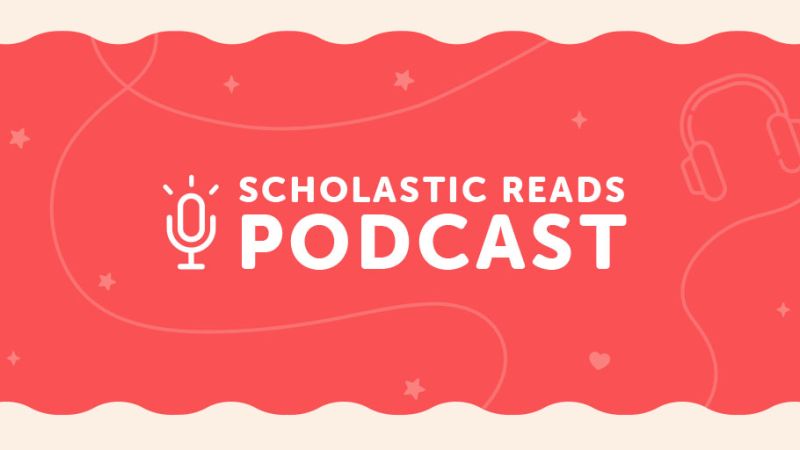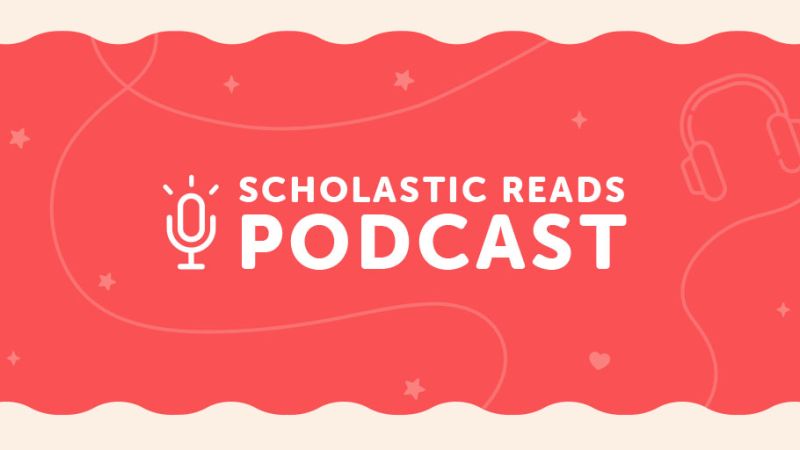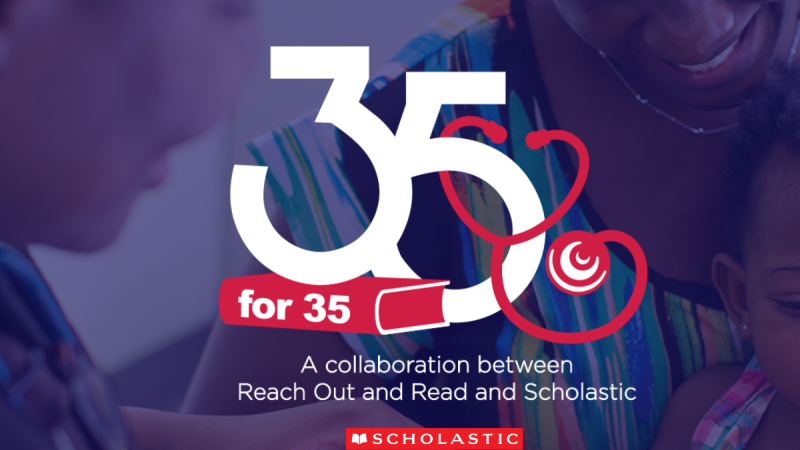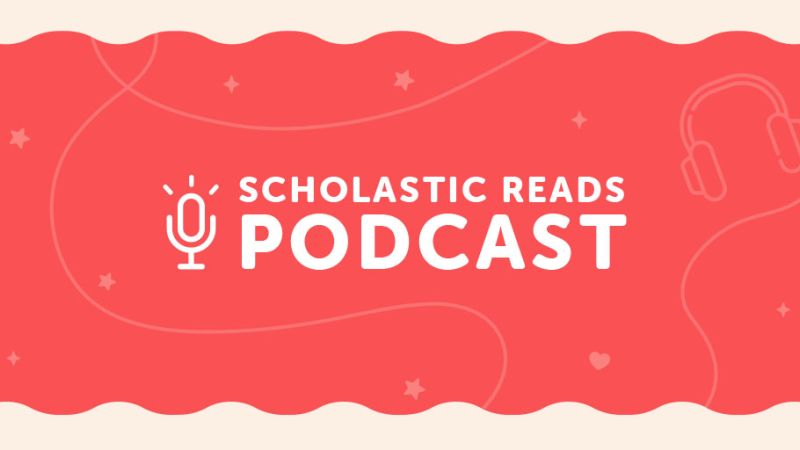In 1923, Scholastic founder and CEO Maurice R. Robinson deemed that artistic students should be celebrated every bit as much as their athletic peers. Robinson created the Scholastic Art & Writing Awards to recognize talented young artists and writers from across the United States.
The program gained fame through the students who won its awards, many of whom went onto groundbreaking careers in art, fashion, film, and literature. They include Bernard Malamud, Ezra Jack Keats, Truman Capote, Richard Avedon, Andy Warhol, Sylvia Plath, Cy Twombly, Kay WalkingStick, Robert Redford, Stephen King, Ken Burns, Yolanda Wisher, Zac Posen, Lena Dunham, and Amanda Gorman.
A century after Robinson laid out his vision, the program is still going strong. The Alliance for Young Artists and Writers, which administers the program, recently published A Thousand Familiar Faces: 100 Years of Teen Voices. The new anthology offers a look at life through young people’s eyes, whether they’re grappling with World War I, the Great Depression, the Vietnam War, or the September 11 attacks. You’ll find memoirs, poems, and essays about teenage life, family, identity, grief, racism, and immigration.
In this episode, Hannah Jones, Deimosa Webber-Bey, and Henry Trinder join host Suzanne McCabe to talk about A Thousand Familiar Faces. Hannah, who edited the anthology, is also an author. She won a Scholastic Award, herself, in 2004. Deimosa and Henry combed through the Scholastic archives to find the best of the best of student writing from the past 100 years. Deimosa is the director of Information Services & Cultural Insight at Scholastic, and Henry recently earned a master’s degree in library science from Pratt Institute.
→ Resources
A Thousand Familiar Faces: A new anthology of award-winning teen writing features works dating back to the 1920s. You can download it for free here.
Scholastic Art & Writing Awards: Administered by the Alliance for Young Artists & Writers, the awards have fostered creativity among young people since 1923.
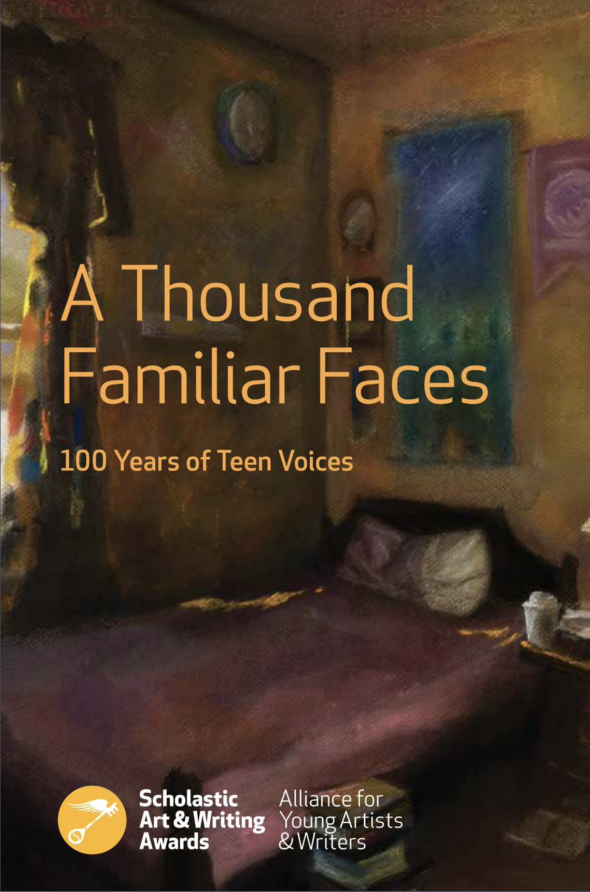
→ Highlights
Hannah Jones, editor, A Thousand Familiar Faces
“It was [surprising] how vital and important and immediate and fresh the voices from the ’20s and ’30s and ’40s felt.”
“I want every single one of these writers to just have their moment of being read by someone new.”
Henry Trinder, researcher, A Thousand Familiar Faces
“Poetry was a more dominant form as a means for expression for the teenagers in the ’20s and ’30s. As that went on, short stories became more popular, and now, it seems, essays have become much more popular.”
“It was comforting to read these stories and see myself in them.”
Deimosa Webber-Bey, researcher, A Thousand Familiar Faces
“It was very satisfying to . . . come away that much richer in knowledge about Scholastic history, about teenagers, about the 20th century.”
→ Special Thanks
Producer: Maxine Osa
Sound engineer: Daniel Jordan
Music composer: Lucas Elliot Eberl
→ Coming Soon
Pride Month: Author Simon James Green Talks About Gay Club!

